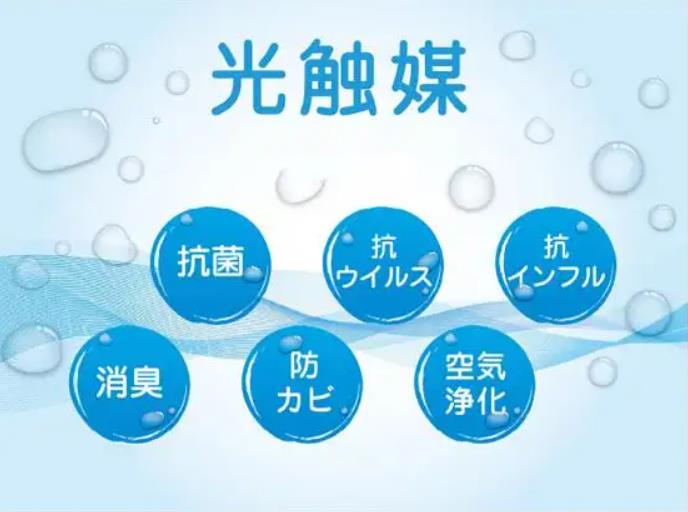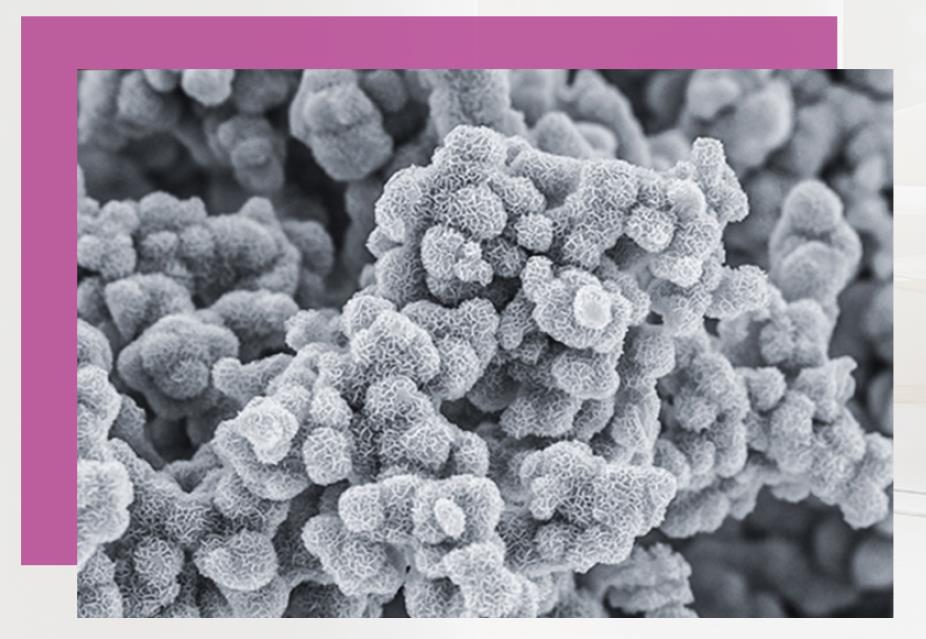- High End Gypsum Board System Solution Provider
A few years ago, in the field of home decoration and building materials, diatomaceous earth emerged and became popular, but it seems that it has not been long since it was gradually forgotten by users. As the mainstream product of lightweight partition walls and ceiling materials for interior decoration, gypsum boards have also been developed by major domestic brands to meet the urgent needs of home decoration users for improving indoor air quality. Jason's gypsum board editor will elaborate on the difference between pure formaldehyde gypsum board and diatomaceous earth.

Firstly, diatomaceous earth and gypsum board, one is a wall coating product, and the other is a cladding board used for partition walls and ceilings. Although they belong to different fields of indoor building materials, the main reason why they are compared together is because of the environmental characteristics of building materials. At the beginning of its launch in the market, the selling point of diatomaceous mud was its emphasis on environmentally friendly and pure natural formaldehyde purification. Many households with elderly and children choose to use diatomaceous mud for decoration. The principle of diatomaceous mud adsorbing harmful gases such as formaldehyde is due to its loose and porous structure formed after drying. In this regard, gypsum board is superior due to its unique foaming process, and its respiratory performance can adsorb more harmful gases.

Secondly, adsorption is only the first step, and truly achieving the goal of "active environmental protection" is in the decomposition stage after adsorption. At present, the main principles of formaldehyde decomposition in mainstream formaldehyde purification building materials on the market are as follows: physical adsorption replacement, formaldehyde removal agents, photocatalysts, biological enzymes, etc.

① Physical adsorption replacement is easy to understand, for example, if activated carbon is adsorbed to a certain extent, a new activated carbon needs to be replaced to continue adsorption. Although useful, it cannot withstand long-term formaldehyde emissions. This time or twice, it's quite expensive to keep activated carbon at home and replace it continuously;
② Formaldehyde removal agents are mostly additives added to building materials for formaldehyde removal. For example, building materials such as gypsum boards and diatomaceous mud will add formaldehyde removal agents during the production process to achieve the performance effect of formaldehyde removal. However, the problem is that the use of formaldehyde removal agents is difficult to achieve long-term effectiveness. In the short term, it can indeed decompose formaldehyde, but over time, it will cause performance degradation and formaldehyde desorption problems;
③ Photocatalysts and biological enzymes. Both of these actually have similar principles, they are liquid formaldehyde removers sprayed on furniture. The problem lies not only in the fact that the principle of purifying formaldehyde itself requires prerequisite conditions, such as the need for photocatalysts to have ultraviolet radiation to take effect, but also in the inability to effectively purify formaldehyde in the long term.

As a research and development enterprise specializing in gypsum board production, Jason Gypsum Board, in collaboration with a team of new materials research experts from Zhejiang University of Technology, has jointly developed the world's first nano active manganese formaldehyde purification gypsum board - Sen · Long acting formaldehyde purification red board, which has been officially put into the market. After a long period of human and material investment, repeated experimental verification, and testing by national professional institutions, Sen · Long acting Formaldehyde Purification Red Board can achieve long-term purification of harmful gases such as formaldehyde, benzene, ammonia, and TVOC through nano active manganese catalytic technology, and can maintain a long-term formaldehyde removal rate of 75-80%. It has also obtained international environmental protection system certifications such as EU CE and France A+.

The main principle of its long-term effect is the technological addition of new materials. As an emerging material at the nanoscale, nano active manganese can reach a nanoscale microscopic size of 10-20nm and produce strong catalytic activity. It can quickly and effectively catalyze the decomposition of formaldehyde into harmless carbon dioxide and water, and due to the catalytic properties of nano active manganese itself, it plays a catalytic acceleration role and does not participate in chemical reactions. After the catalytic decomposition is completed, the active manganese in the Sen Long acting Formaldehyde Purification Red Plate will not decrease or deteriorate in performance. This is also an important reason for achieving a long-term formaldehyde purification effect, ensuring a continuous formaldehyde purification effect for up to 20 years, steadily improving indoor air quality, and protecting the safety and health of you and your family.
(Some of the images are from the internet. If there is a possibility of infringement, please contact the editor to delete them.)
